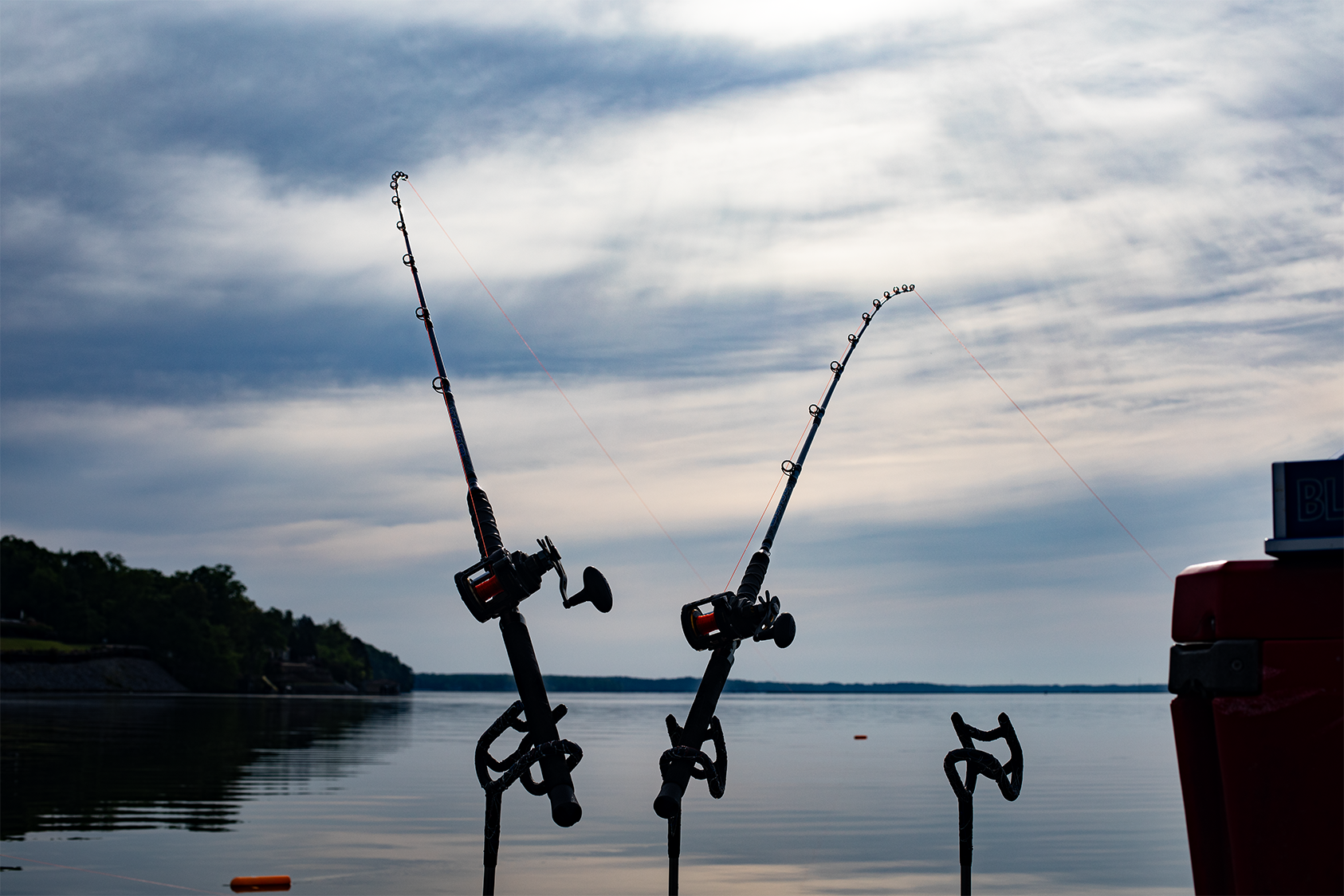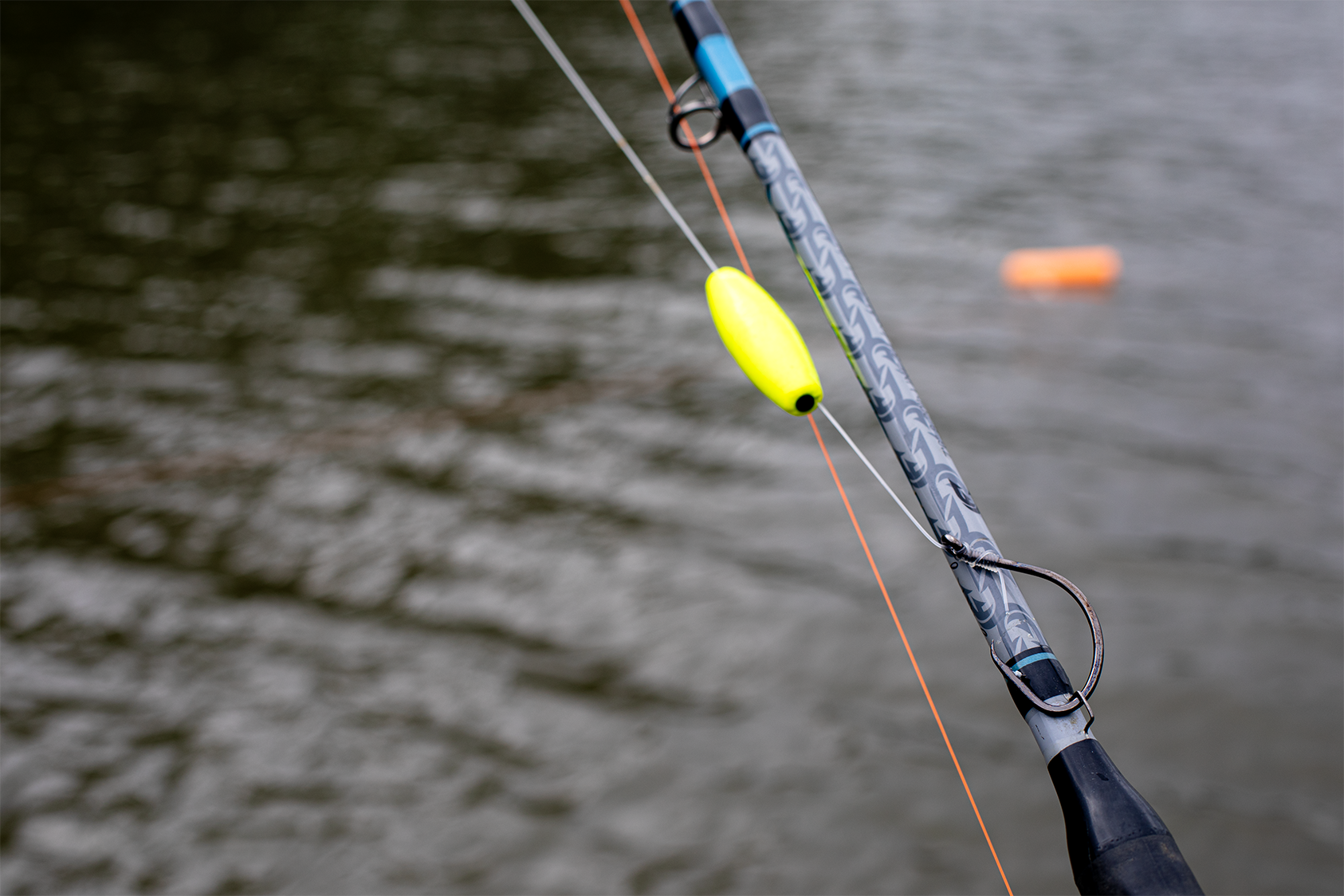Tactical River Catfish: Gear, Rigging & Strategy for Flathead Success
Table of Contents
Rod and Reel Setup

Hooks and Weights

Leader Material
Bait Choices
Effective Rigging
Where to Fish
River Safety and Night Fishing Tips
Final Thoughts
Shop Fishing Gear & Tackle

